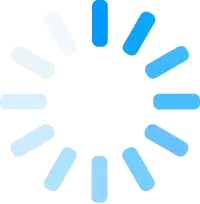Juvenile Justice Module 2 Textbook Review Questions (Chapters 3 and 4) List the two major schools of criminology. According to Akers and Sellers, what criteria must be addressed when evaluating theories of juvenile delinquency? Explain Curran and Renzetti
law
Description
Juvenile Justice Module 2 Textbook Review Questions (Chapters 3 and 4) List the two major schools of criminology. According to Akers and Sellers, what criteria must be addressed when evaluating theories of juvenile delinquency? Explain Curran and Renzetti’s definition of a theory as it applies to juvenile justice. Discuss the concept of Classical School of Criminology. Explain why the deterrence theory is considered a major component of the classical school of criminology. Explain why the rational choice theory is considered a part of the classical school of criminology. Some criminal justice administrators believe that shock deterrence tactics will influence youths to obey the law and avoid the justice system. List three shock deterrence programs.
Explain the concept of the Positivist School of Criminology. Compare and contrast the Concept of Positivist School of Criminology with the Classical School of Criminology. Why is rehabilitation associated with the positivist school of criminology? Briefly summarize the first biological theories of crime. Explain Anthony Walsh’s five typical objections to many biological theories of crime. Explain how the contributions of Sheldon and Eleanor Glueck contribute to the study of personality and crime. Discuss the roles researchers believe neurotransmitters and hormones play in antisocial behavior. Briefly describe the psychological theories of Sigmund Freud, Jean Piaget, Lawrence Kohlberg, and Carol Gilligan. Discuss the controversy surrounding the use of the psychopathy diagnosis for juvenile delinquents.







